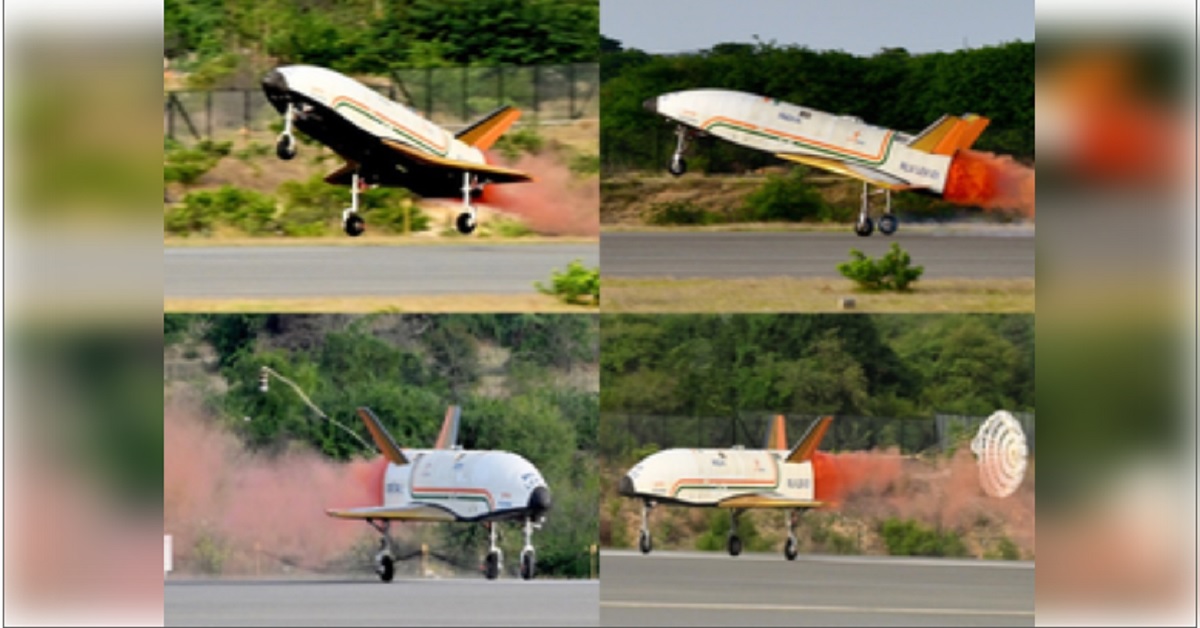New Delhi: The Indian Space Research Organisation (ISRO) on Sunday announced success in the final test of the Reusable Launch Vehicle (RLV) Landing EXperiment (LEX).
This is the third consecutive success in the series of LEX (03) technology demonstrating “the autonomous landing capability” and was conducted at 07:10 a.m. at the Aeronautical Test Range (ATR) in Chitradurga, Karnataka.
But, the RLV LEX-03 mission achieved success “under more challenging release conditions (cross range of 500 m against 150 m for LEX-02) and more severe wind conditions,” ISRO said in a statement.
As part of the experiment, the winged vehicle, named ‘Pushpak’, was released from an Indian Air Force Chinook Helicopter at an altitude of 4.5 km.
Armed with advanced autonomous capabilities, “Pushpak executed a precise horizontal landing under challenging conditions,” ISRO said.
The space agency added that “from a release point 4.5 km away from the runway, Pushpak autonomously executed cross-range correction manoeuvres, approached the runway, and performed a precise horizontal landing at the runway centreline”.
“Due to this vehicle’s low lift-to-drag ratio aerodynamic configuration, the landing velocity exceeded 320 kmph, compared to 260 kmph for a commercial aircraft and 280 kmph for a typical fighter aircraft”.
ISRO stated that post-touchdown, brake parachutes were used to reduce the vehicle velocity to nearly 100 kmph. Then landing gear brakes were used to decelerate and stop the vehicle on the runway.
The RLV-LEX mission, which uses multisensor fusion including sensors like an inertial sensor, radar altimeter, flush air data system, pseudo lite system, and NavIC, “simulated the approach and landing interface and high-speed landing conditions for a vehicle returning from space”.
ISRO noted that the winged body and flight systems were reused without any modification from the LEX-02 mission, demonstrating the robustness of ISRO’s capability of design to reuse flight systems for multiple missions.
Further, the success validates “the advanced guidance algorithm catering to longitudinal and lateral plane error corrections — essential for the future Orbital Reentry Mission”.
ISRO now aims to “embark into RLV-ORV, the orbital reusable vehicle,” the agency said.
